The Desert Run Map
- 16-10-2025, 11:20
- 191
The Desert Run Map — Sand bites back: read the terrain, touch stone, and sprint the dunes like the floor is lava.
You spawn in heat shimmer and quiet wind, then realize the trick: the desert itself is hostile. Sand isn’t just scenery here—it’s the hazard. The route threads along safer materials and hard surfaces, and your job is to keep momentum while the map dares you to stumble. Think clean lines, not panic hops. You scan ahead, pick a chain of solid footholds, and move with intention—ledge to slab to pillar to roofline—because one lazy step onto the wrong ground turns a learning moment into a reset. It plays like a parkour sprint with survival nerves, the kind of Minecraft desert run where your hands warm up and your brain starts counting beats instead of blocks.
Treat every section like a puzzle with a single honest answer. From the start pad, trace your line backward: where’s the next piece of stone, where’s the low wall you can mantle, where does a fallen beam give you extra height? Commit to small, precise inputs. Feather forward to the edge, crouch for half a heartbeat to lock position, then pop the jump and land looking at the next foothold so you don’t over-steer. If a segment looks too tight, don’t force heroics; take the wide arc on a roof lip, or pause on a safe pad and reset your camera. Sprint is a resource—save it for chains that reward speed, walk the approach when rhythm matters, and keep an eye on hunger so you don’t scuff a perfect sequence to a mistimed auto-slow.
Desert pressure isn’t just platforming. Husks patrol, arrows drift in crosswind, and dusk turns silhouettes into jump-scares. Keep fights off the bad ground; kite around cactus rows so enemies hurt themselves while you hold the high line. When the path offers a safe zone or a checkpoint pad, breathe, mark the angle you’ll take out, and go again before nerves clog your inputs. If a sand valley stretches wide, look for texture tells—broken masonry, a strip of sandstone, a rib of dry riverbed—that telegraph the intended crossing. Those little reads turn “guess and die” into “see it once, nail it forever.”
Dial your setup for clean depth. Turn off auto-jump, bump FOV until edges read, and drop sensitivity a tick so diagonal landings don’t wiggle. On touch, anchor sprint early and keep your thumb steady through corner hops; on controller or keyboard, bind sneak somewhere you can tap between steps to park your feet on thin ledges. Run it solo for a personal best, then race friends on Realms and see who holds a line under pressure. The map is simple on paper—sand is dangerous—yet it stays fresh because it teaches you to move like a desert runner: light on contact, eyes three steps ahead, and just enough swagger to clear the last gap with the sun in your face.
How to install?
Android: use ES Explorer to find mcworld in the download folder. Click on a file to import it inside.
Versions of Windows 10: Go to your downloads folder and find mcworld. Click on the document to add it to the client.
IOS: as soon as they clicked on the Download button below, the device will offer to open it.
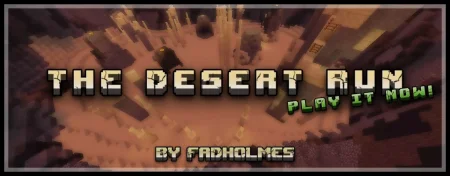
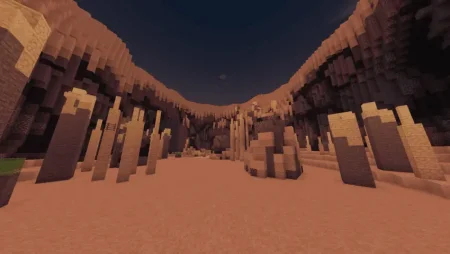
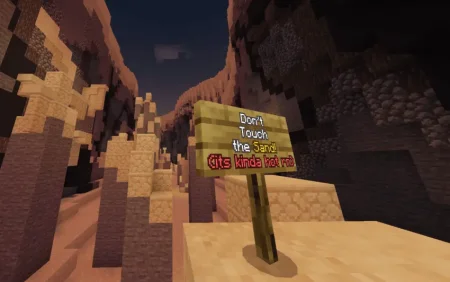
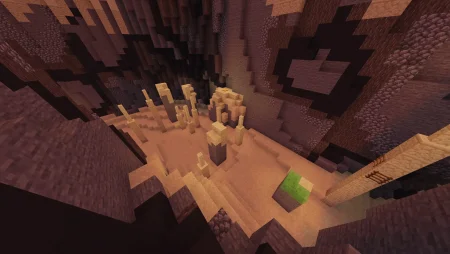
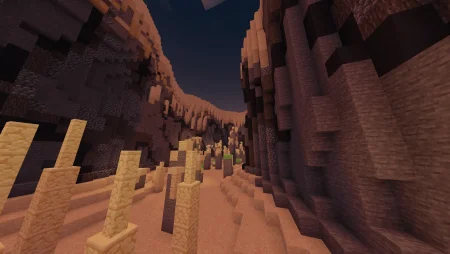
Comments (0)